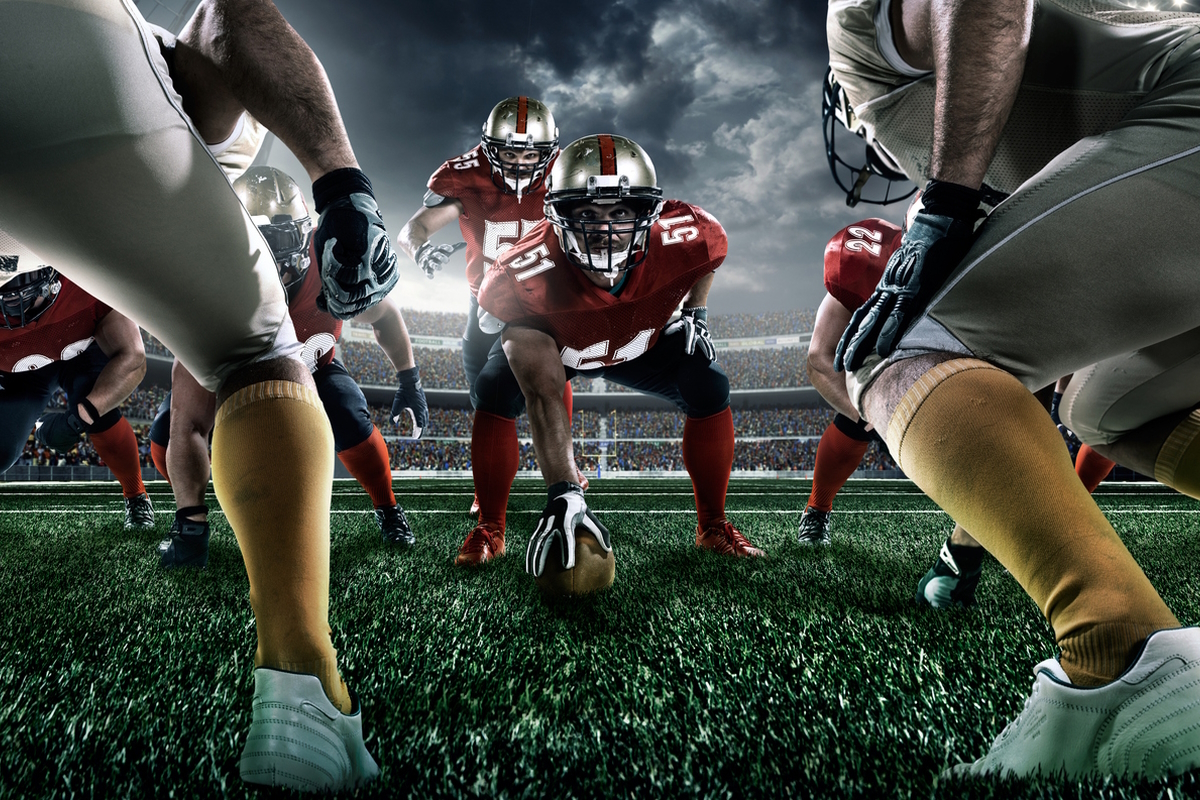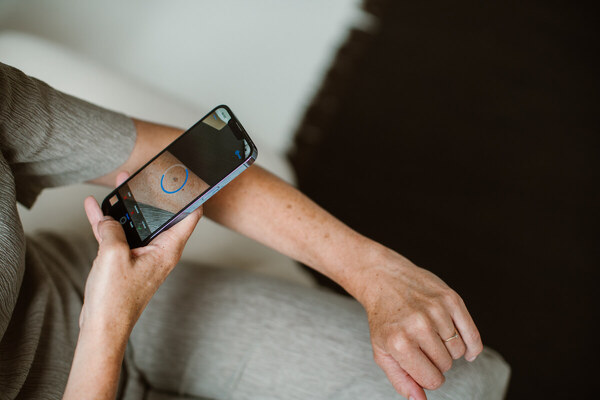Workday at the Super Bowl: the wake-up call B2B firms desperately need

Luke Taylor at UnitedUs explains why B2B companies need to learn from consumer brands and take a bolder approach to advertising
The Super Bowl is the one time of the year where the advert breaks get as much attention as the sport itself. In 2023, alongside the usual high-profile – and often highly anticipated – commercials for consumer brands like M&Ms and Uber, was an advert for B2B brand, Workday.
Seeing a cloud software provider feature in the world’s most expensive ad slot is unusual, but Workday’s ad was bold and ambitious for a B2B company, a sector normally thought of as reliable but bland. Other B2B brands desperately need to wake up to the benefits of this type of engagement.
B2B companies’ usual argument against bold advertising campaigns like this is that their goal is to speak to other businesses, not consumers - but aren’t business decision-makers humans too? Who watch TV and often follow sport? Right now, the entry barriers to business have never been so low, anyone could be the next CEO or CTO, and many of these next business leaders are watching the Super Bowl. So, why not advertise to them?
Time to be bold
Workday’s ad was a recognition that brand building is just as valuable as a good piece of software. The advert features famous musicians, including Ozzy Osbourne, Billy Idol, and Joan Jett, lambasting “corporate types” for calling each other rockstars. It showed how injecting a sense of humour can humanise a company that works within corporate culture.
Workday are not the only B2B business to create a more dynamic advertising campaign and brand narrative. Website builder Squarespace also ran an ad at the Super Bowl this year. But from a scale perspective the amount doing so is tiny. The number of B2B brands in the world heavily outweigh the number of B2C brands that exist.
The main challenge in pushing for more engaging advertising and courageous brand building are internal structures within organisations. In the B2B world, bland is often seen to demonstrate reliability, and blending in shows you can be trusted. The branding agencies dedicated to B2B are focused on this, and know all the sector cues to indicate that reliability.
But boring is forgettable – and bland won’t grow your audience.
Brand association can be incredibly powerful. If someone sees a Super Bowl commercial and it’s memorable, they’ll pipe up when someone in the office mentions “we need a new cloud storage/HR/financial system”. Potential customers are everywhere, not just on LinkedIn. Stepping outside those usual channels presents the opportunity to make connections that wouldn’t have come before.
Keep it simple
B2B brands often want to talk in granular complexity. They want campaigns that focus on all their service offerings and that go into detail about why each one is important, whereas B2C brands know that information overwhelms. Just look at fragrance campaigns: they are selling an intangible product – a smell – through the TV or posters. Yet, they are still some of the most commercially successful campaigns around because they use creativity and brand recognition to create engaging and memorable campaigns.
What these brands have understood is that if a campaign is too detail oriented people will switch off, attention spans are not that long. That’s what was great about Squarespace’s 2023 Super Bowl ad that featured Adam Driver, playing multiple versions of himself, struck by the idea that Squarespace is a website that makes websites. It was a B2B message delivered simply and effectively.
This isn’t to say that B2B brands should stray from who they are and what they sell, they still need to be commercially focused. It’s that they should be considerate to the fact that in the age of modern consumerism, there is only so much information people can take at once. The great thing is that a customer only needs to land – on a webpage, for example – once there the company can demonstrate all its other values.
Tapping into humanity
Emotive campaigns are the ones that resonate with people on a human level. To get that kind of simple and strong – and therefore emotive – message, brands need to engage in really honest playback.
I have often found working with the C-suite that they have a strong feeling about what their USP is, but when engaging with their customers to get an unbiased opinion of what they want, it often turns out that they don’t know their audience as well as they thought.
Within a business, you often can’t see the wood for trees. An expert outsider will be able to challenge those expected norms. Don’t rush headlong into a campaign without knowing the brand’s strengths and weaknesses first. There is a need for hard data about what clients really value. It’s another lesson from B2C companies: they are much more likely to give weight to consumer research.
Creativity at the core
A bold, brave creative campaign is not just a “nice to have”, it’s an essential. Creativity gives brands the ability to set themselves apart from others. Not every company can be the cheapest, and they shouldn’t necessarily want to be, but even B2B brands need to stand out from the crowd.
The key here is to work with an agency that believes creativity and commerce have the same weight. B2C brands see commercials, advertising, marketing and brand building as a core part of their business that needs to be looked at time and time again. Whereas B2B companies see these creative outputs as an ad hoc add on, but that won’t help with brand awareness: creative outputs need to be built upon to be effective.
It’s time for B2B brands to step away from the need to shoehorn intricate details in every piece of marketing or advertisement and from the fear of standing out from the crowd. That just produces boring work, and without bravery, you are forgettable.
Luke Taylor is co-founder and creative partner at UnitedUs
Main image courtesy of iStockPhoto.com

Business Reporter Team
Most Viewed
Winston House, 3rd Floor, Units 306-309, 2-4 Dollis Park, London, N3 1HF
23-29 Hendon Lane, London, N3 1RT
020 8349 4363
© 2025, Lyonsdown Limited. Business Reporter® is a registered trademark of Lyonsdown Ltd. VAT registration number: 830519543





